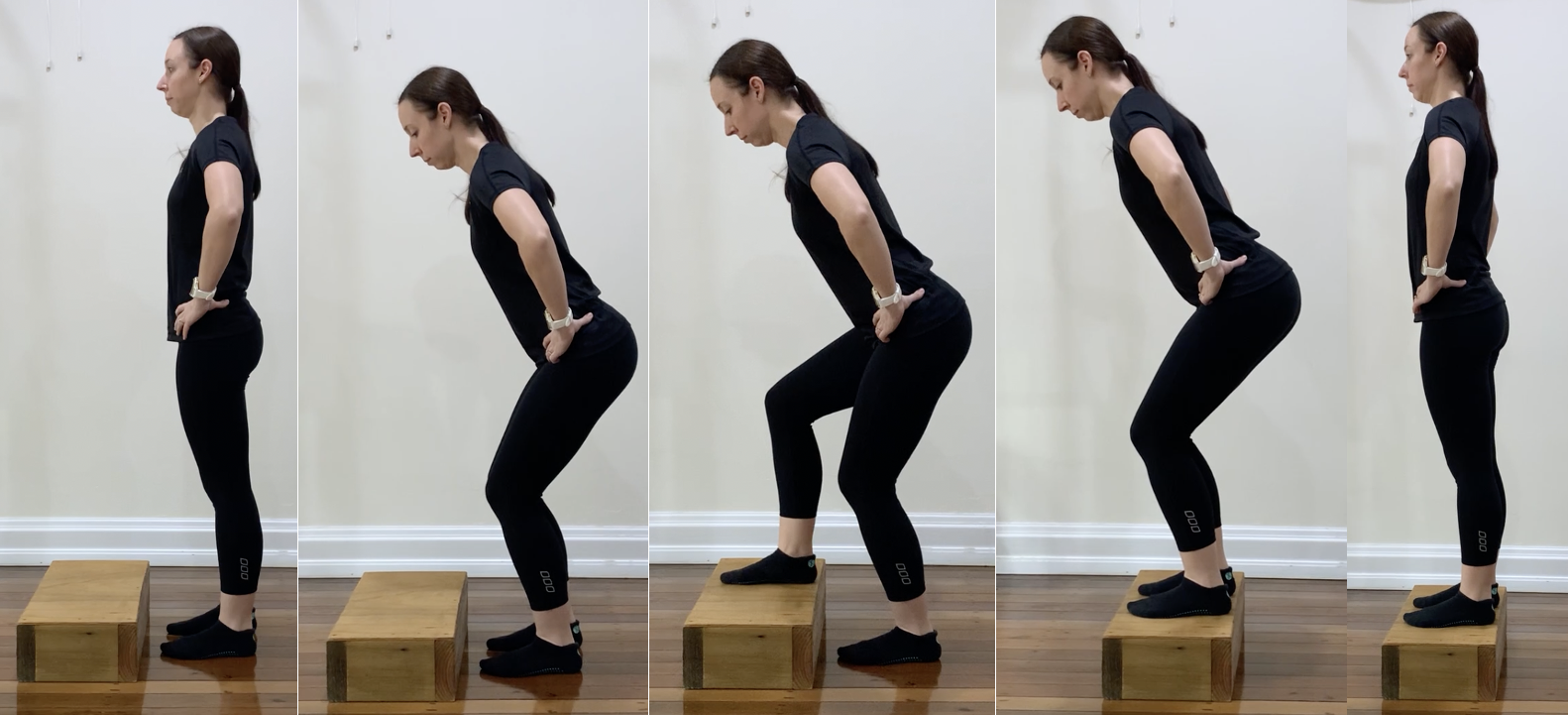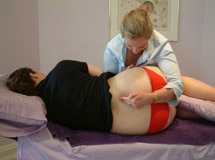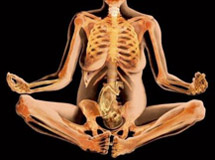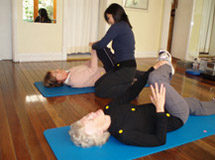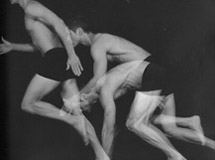Hip pain comes in many forms including pain at the front of the hip or groin, lateral hip pain associated with trochanteric bursitis or gluteal tendinopathy, and buttock pain. It often starts after an injury, after a period of being forced to do nothing, or after a sudden increase in activity. 18% of people over 50 will suffer from lateral hip pain, and women are 3 times more likely to develop symptoms associated with Gluteal tendinopathy or trochanteric bursitis than men due to hormonal changes & associated changes in weight and loading. Our tendons like to be “loaded” to help create healthy tissue, but our gluteal tendons don’t cope well if they have weakened over time by poor walking and sitting habits, and then they are suddenly put under more load because we go on a walking holiday, take up a new sport, have a fall onto our hip, or decide to increase our exercise dramatically to lose weight. Similarly, anterior hip pain might start after performing a repetitive activity or sporting move but is then often aggravated by poor sitting and standing habits.
How we retrain your hip, back and buttock muscles is all based on extraordinary research into how our muscles work normally, and what goes wrong when there is pain. For example, recent research showed that specific exercises & education improved pain and wellbeing in 80% of people with trochanteric bursitis & gluteal tendinopathy identified as lateral hip pain,and worked better over 6 to 12 months than having a corticosteroid injection (Mellor R et al, BMJ: 2018).
The exercises below are designed to improve core and gluteal function. You will get the most out of these exercises if you get one of our SSP Physios to choose the right exercises for you and ensure you are doing them correctly in an individualised face to face physio session. To organise this please call us on 02-97199114.
When performing the exercises please start slowly and take care to perform only as many repetitions of each exercise as you have been advised by your physio. If your lateral hip muscles continue to ache for more than 24 hours after performing your exercises, we suggest you only perform your exercies every 48 hours until you have a follow-up session with your physio.
1. lying hip/ bottom unwind with breath work- lie on your back with your legs bent up or over a pillow. Mindfully let the tension go in your body: let you bottom or hips relax, imagine your sitx bones widening, or let your belly and your shoulder blades relax. Now see if you can keep these muscles relaxed as you gently take a breath through your nose and allow the air to expand the lower part of your lungs so that your "side seams"open up. Can you breath in for 4 seconds, hold for 4, breath out for 4 to 6 seconds, hold for 2-4 seconds, and then allow you next breath to be even more gentle
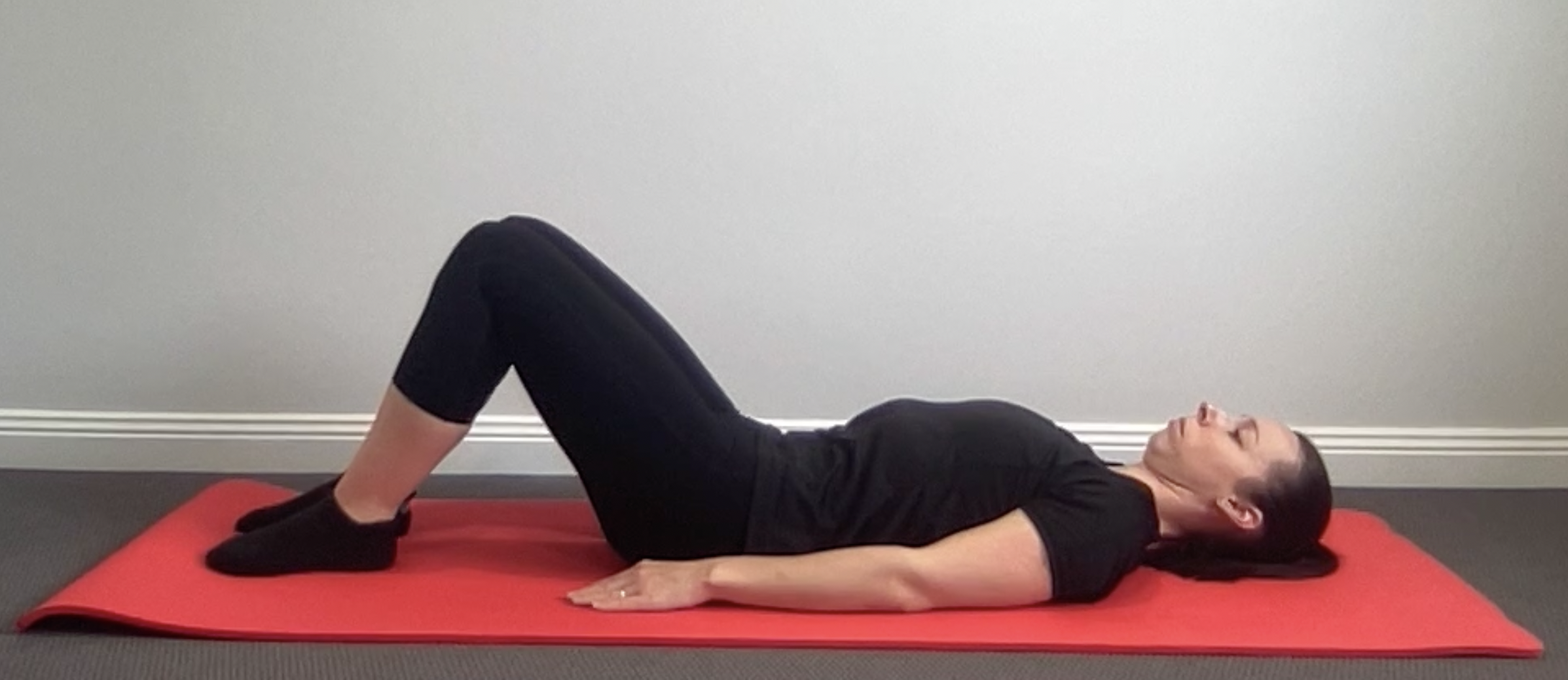
2. Supine isometric glut med activation to ease lateral hip pain- legs hip width apart with strap around thighs above knees, or place your hands on your lateral thighs. Relax bottom and hips before gently pushing thighs out into strap/ your hands and hold for 5 secs. Repeat x 5
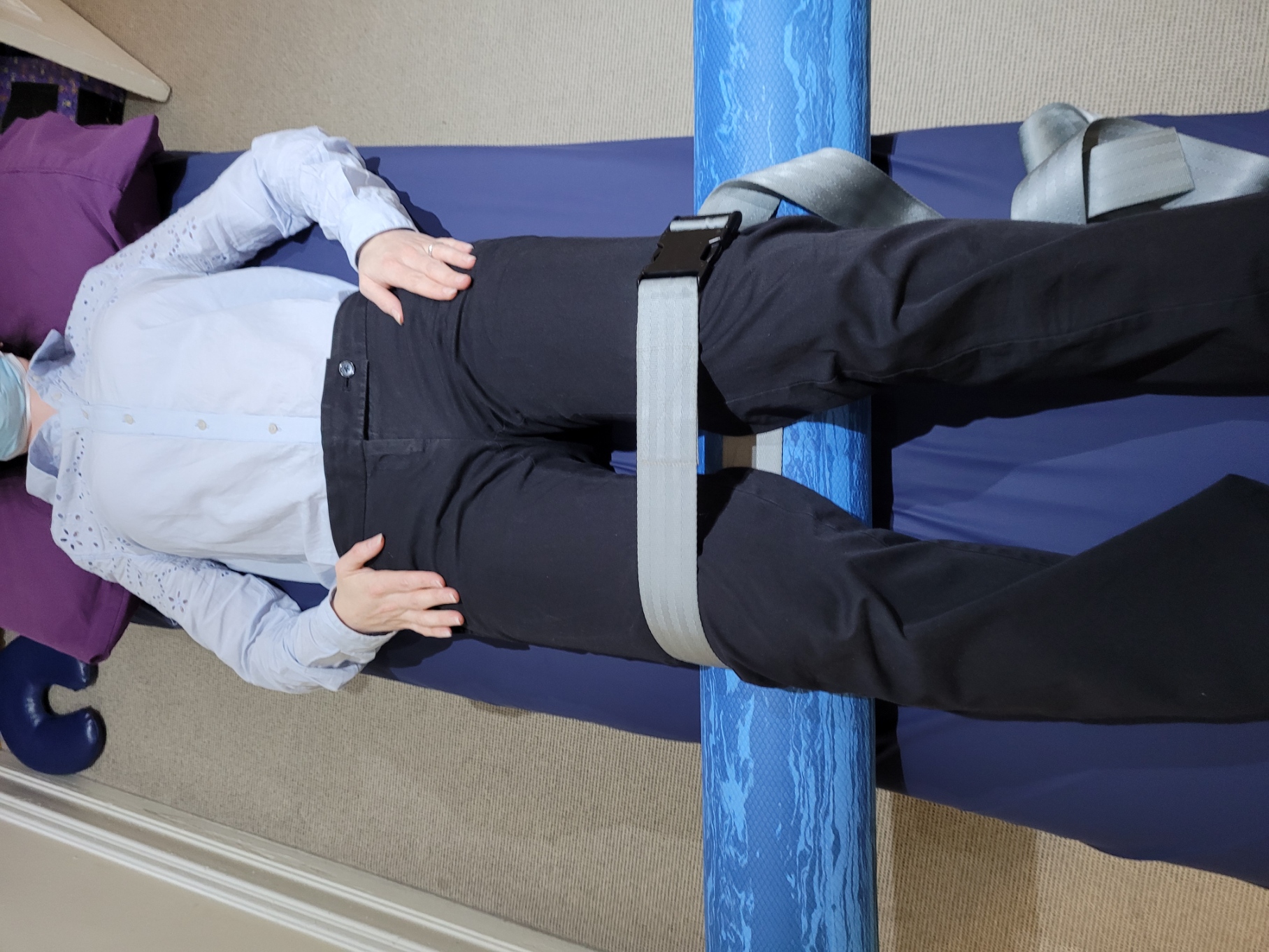
3. Standing isometric glut med exercise- stand with your feet hip width apart and knees "soft"or very slightly unlocked. Feel into your feet and and bring your body weight back so you feel your weight is over your ankles. You might do this by bringing your pelvis under your chest. Start this exercise by gently turning your knees out so that you feel the weight shift from being more on your big toes to being spread onto your 2nd & 3rd toes. Hold this position for 5 seconds and then relax and repeat. You can inclrease the activation of Glut med by placing your hands on your outside thighs, and pushing gently into your hands for 5 seconds x5 (also as a way to calm lateral hip pain down when you are standing)
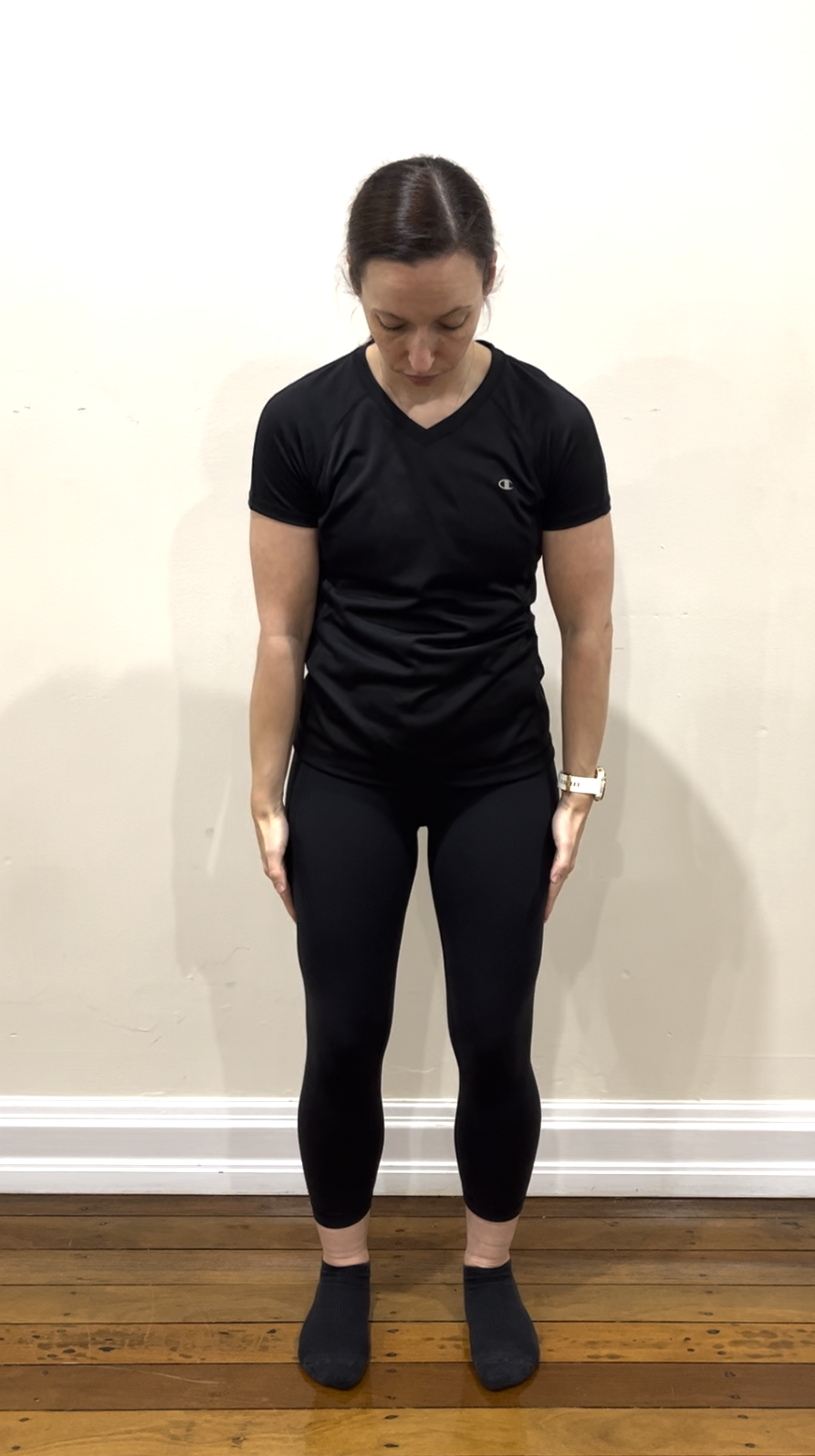
4. Step Forward load transfer
5. Sit to stand: sit on your chair with knees and feet hip width apart and sit onto your sitz bones. Imagine a balloon flating above your head which is floating your neck and body 1mm up off your back pain. Let your bottom or hips relax / sitz bones wide. Gently activate you core if your physio has given you a specific cue for this.
Now fold at your hips so that your chest is over your knees and you feel your weight on your feet. Push through your feet to come up without any butt or hip gripping.
Sit back down by relaxing your bottom and hips, core on, and keep your sitz bones wide as you fold at your hip and aim your sitz bones for the back of the chair. Let your quads control your decent to the chair

6. Squat
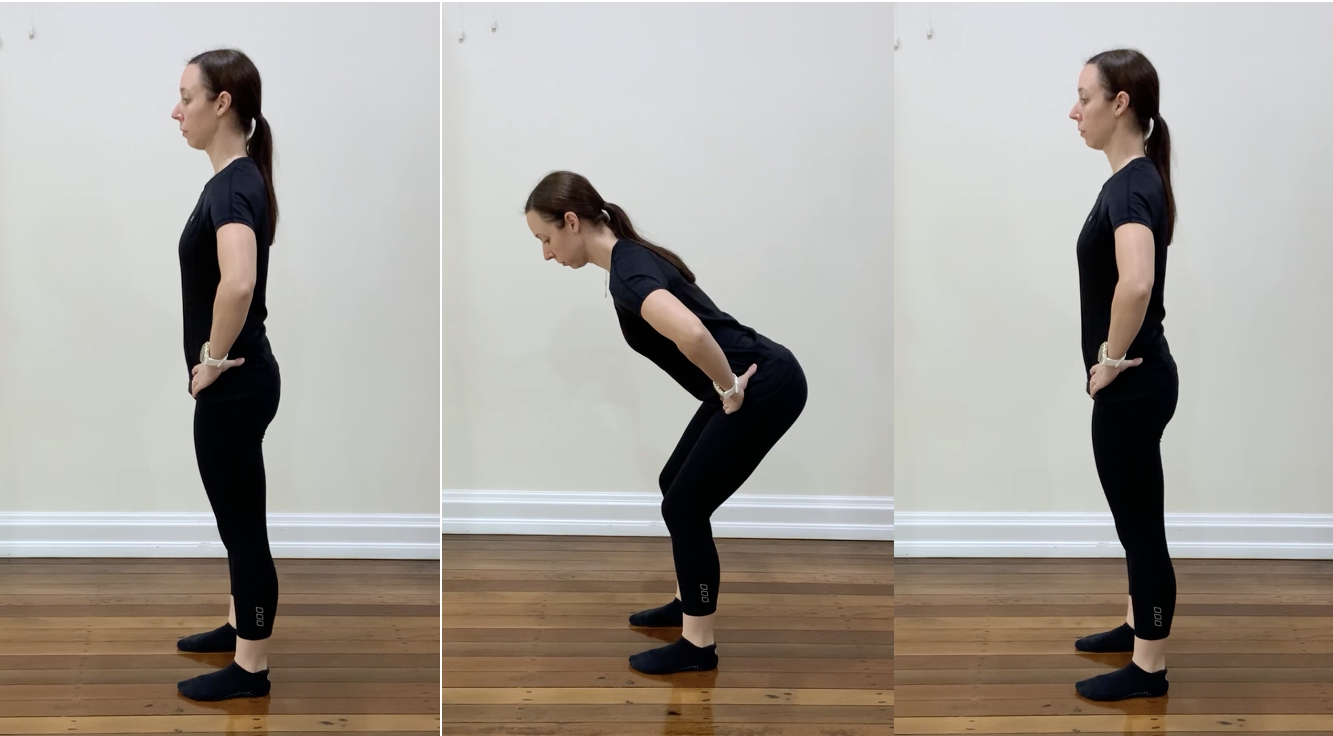
7. Step up load transfer pt 1
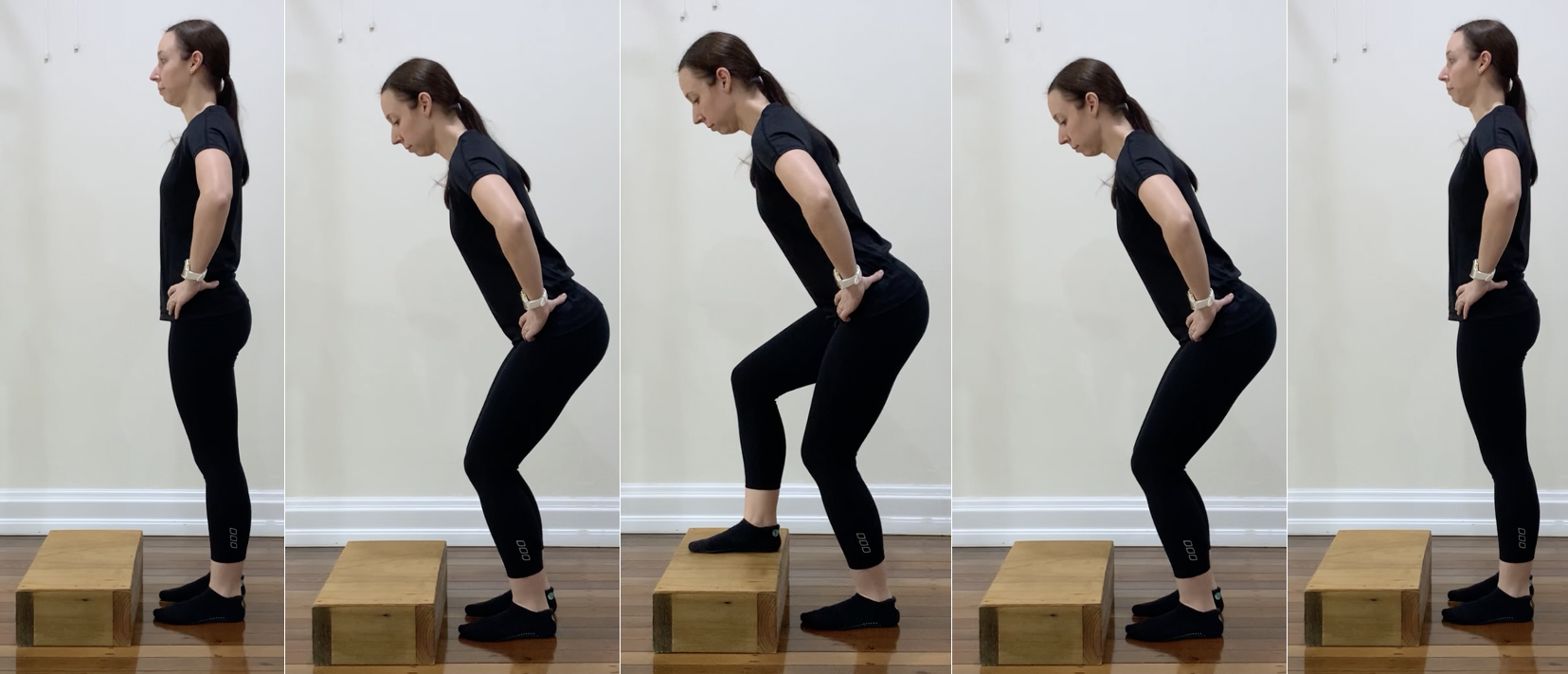
8. Step up load transfer pt 2
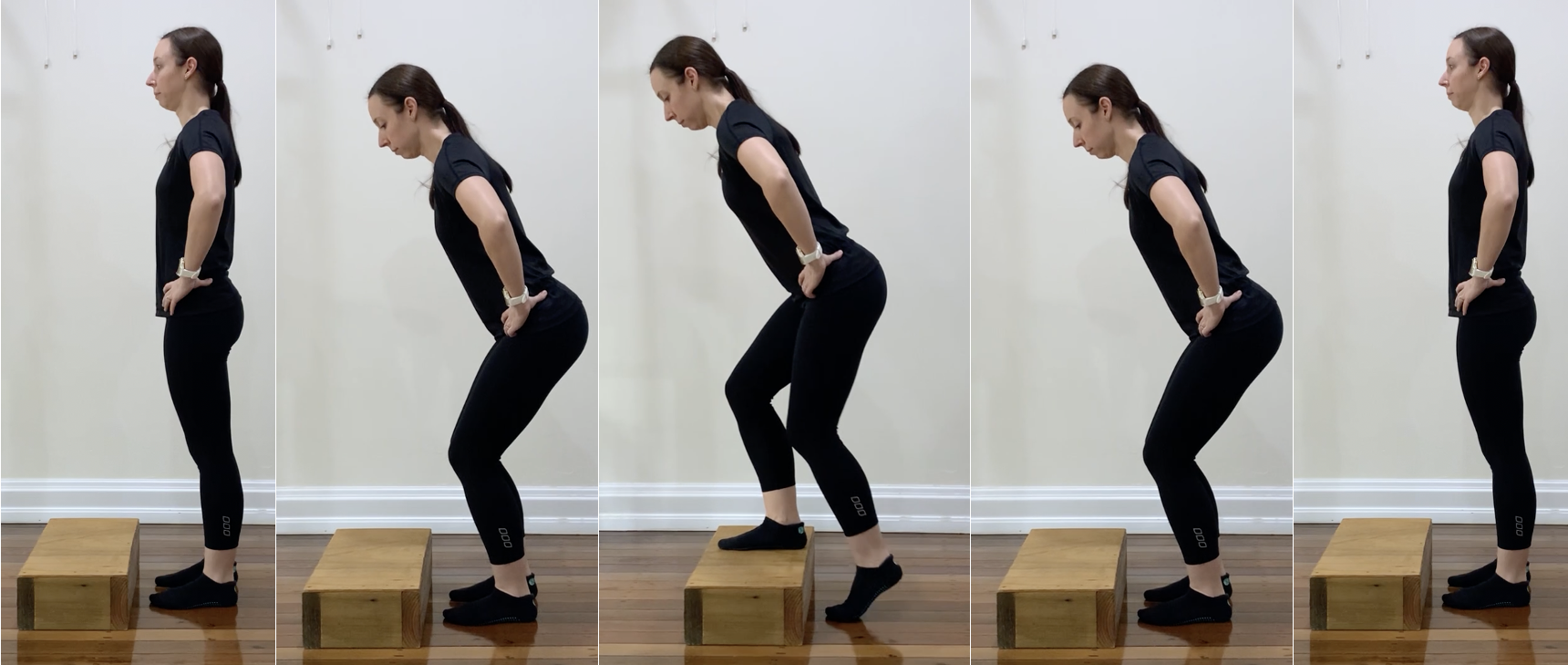
8. Step up
